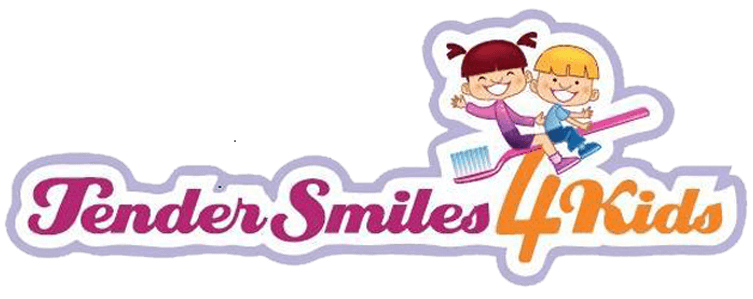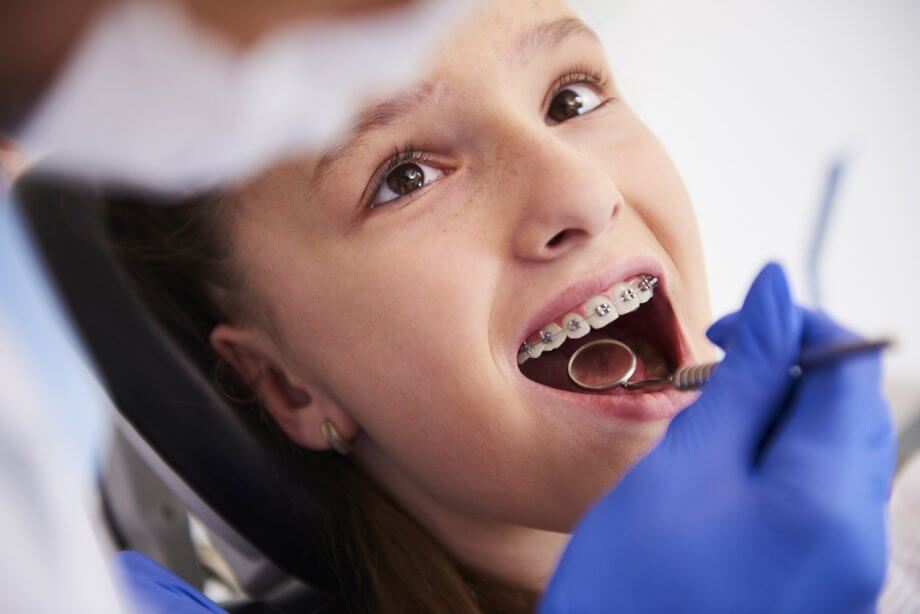The practice of orthodontics has undergone a dramatic shift as we come to understand the importance of early intervention. While many of our patients’ parents started orthodontic treatment as teenagers, we know now that it’s better to start at a much younger age for best results. If you’re considering early orthodontics for your child, here’s what you can expect.
What Is Early Orthodontics?
First, let’s talk about why early orthodontic treatment matters. In decades past, we waited until children reached their teen years before beginning orthodontic treatment in order to wait for all or most of their adult teeth to emerge. The problem with this strategy is that by the time we’re in our teens, our jaws have fully formed and developed.
With early intervention, we can influence the jaw as it grows. It’s much easier to do this than it is to correct problems with a jaw that has already fused together. By starting orthodontic treatment early, we can prevent many problems before they occur. This means that orthodontic treatment when children reach their teen years is shorter and easier, if it’s even needed at all.
What Happens at Your Child’s First Pediatric Orthodontics Appointment
Appointments for early orthodontics don’t differ much from any other orthodontic appointment. During this initial visit, we will conduct a thorough visual exam to identify any potential issues. Then, we take photographs, which allows us to document the progress of treatment, and x-rays to show us any internal problems with the jaw structure and teeth. Should an orthodontic appliance be needed, we will take impressions to send to a dental laboratory, where they will fabricate a custom-made device for your child.
Much of the time spent during your child’s first pediatric orthodontics appointment will be discussing what to expect from treatment and what our goals are. We’ll also explain the costs involved in treatment, whether your dental insurance will pay for it, and payment options.
Phase One Orthodontic Treatment
Interceptive orthodontic treatments usually involve palatal expander devices (PEDs), habit appliances to stop thumb sucking, and space maintainers to ensure that there is room for adult teeth to erupt. PEDs are used to correct alignment issues and change the position of the jaw to correct problems with the bite. These orthodontic appliances may be fixed or removable.
Your child’s follow-up appointments will depend on the type of treatment they need; they may be scheduled for every 4 to 6 weeks, or every few months if issues are minor and a palatal expander device is not needed. If your child has a PED, he or she will need to be seen more frequently and you will receive detailed instructions for home care, which typically involves daily adjustments to the device to help your child’s palate slowly expand. This is accomplished with a special key that is used to turn a mechanism attached to the PED.
Learn More About Pediatric Orthodontics
If you’re considering early orthodontic treatment for your child, contact us to schedule an appointment at one of our four New Jersey locations including: Freehold 732-625-8080, North Brunswick 732-249-1010, Edison 732-549-3773, or Roselle 908-245-5556 .

